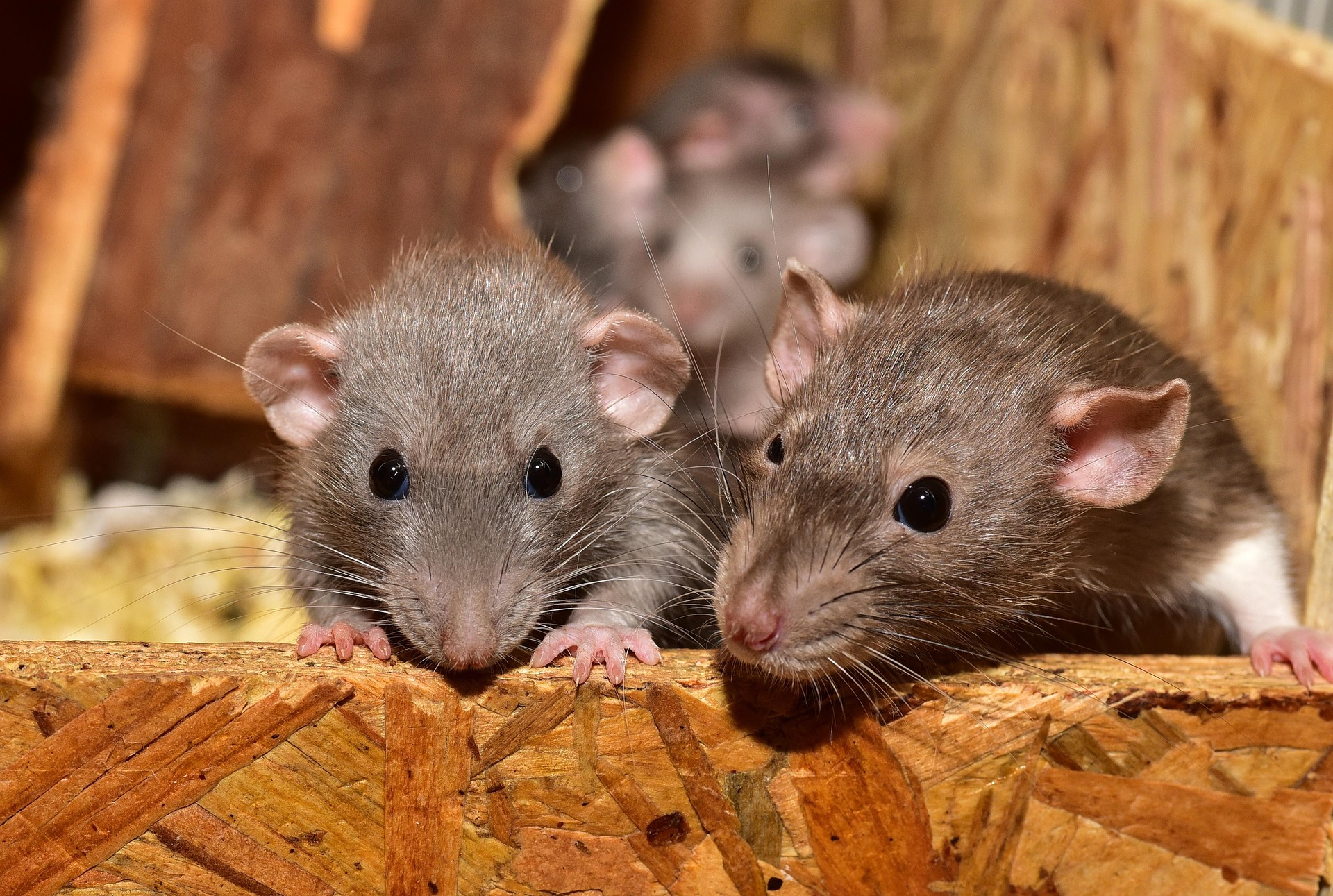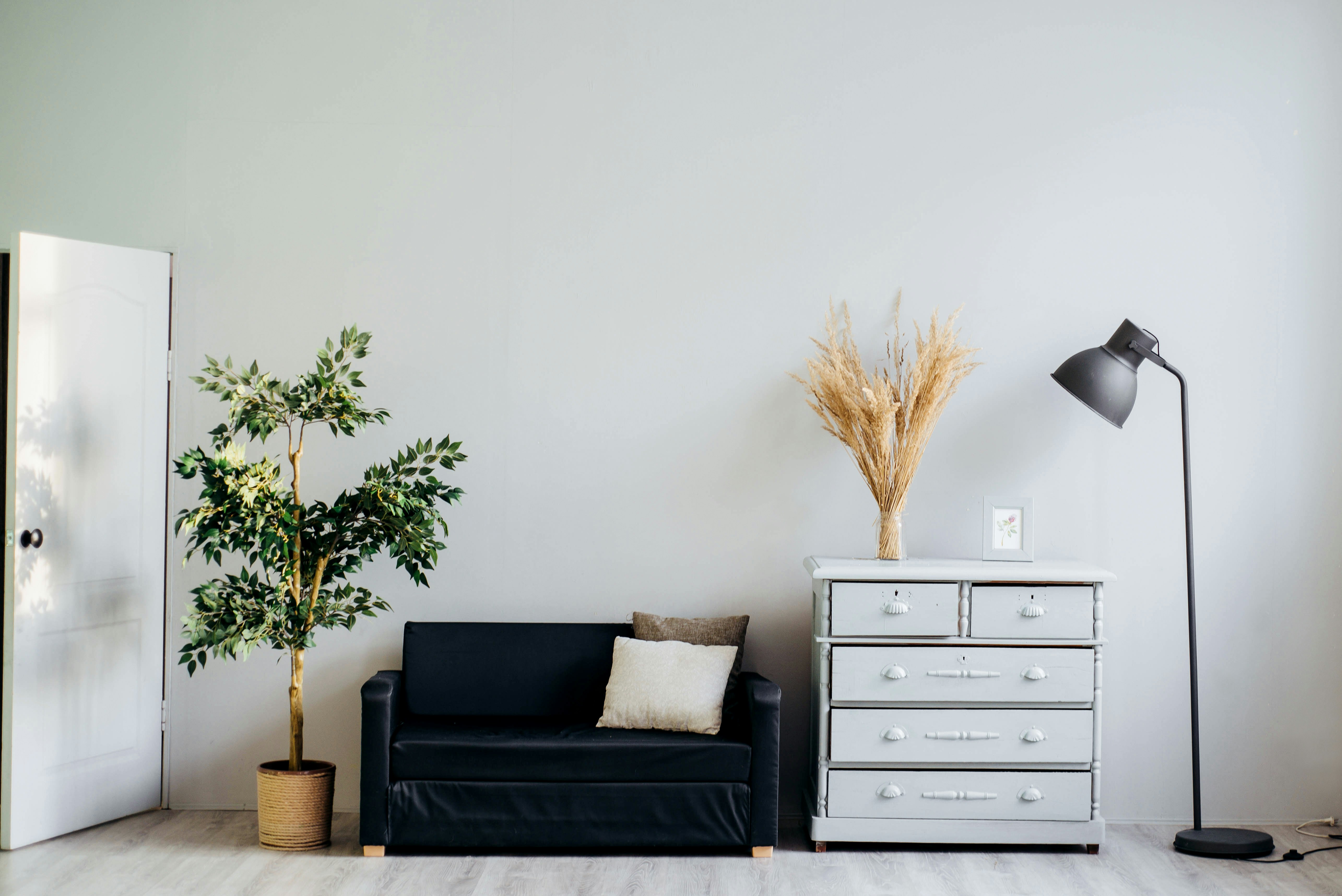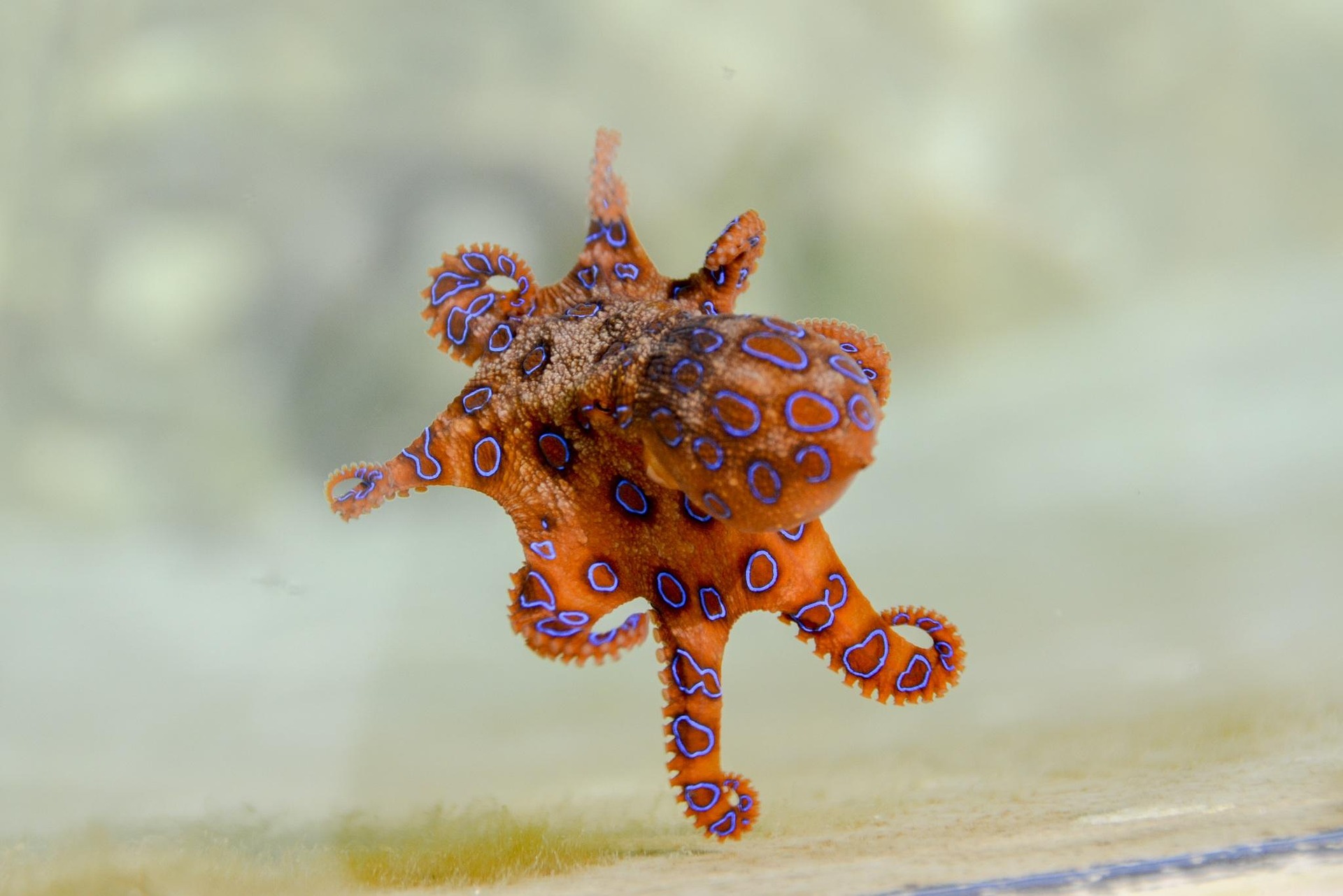Thinking Outside the Cage: Fresh Approaches to Inside Habitat Enrichment for Pet Rats
Whether you're a seasoned pet owner or a newbie to the realm of rodent care, creating an enriched environment for your pet rat is essential. From the early days when rats were seen as merely pestilence akin to the plague, to now being recognized as intelligent and affectionate pets, there's been a significant shift in attitude and understanding. But what exactly constitutes a great pet rat habitat? Let's explore this fascinating topic.
Introduction
Ready to share your home with a whiskery friend? Dive into the innovative ways of enhancing your pet rat’s inside habitat for an improved quality of life.
Decoding a Rat’s Natural Habitat
Originally, brown rats were cave dwellers, and this has greatly influenced the ideal care in captivity. Being nocturnal creatures, they need safe, dark areas to rest and sleep during the day. Rats also have a natural instinct to burrow and tunnel, so offering substrates like paper bedding promotes these behaviours.
Transitioning into Domestic Environments
Kept as pets since the 1900s, rats today enjoy living spaces far from their original habitats. Unlike their wild counterparts, pet rats enjoy life indoors, protected from predators and aconstant climate. However, the need to mimic their natural habitat is crucial; research shows rats in richer, more environment-copied habitats display less stress and exhibit healthier behaviours.
Harnessing Elements of Play and Complexity
Providing complex environments caters to rats’ natural curiosity. Vertical elements, such as ropes, ladders, platforms, give pet rats the opportunity to climb—a key activity in wild rat populations. Additionally, toys that require problem-solving engage their intelligence. A well-stocked habitat might include squeaky toys, bells, and tunnels, with a market estimated worth of about $50-$200.
The Role of Companionship
Rats are social animals who, in the wild, live in large colonies. A lonely rat is likely to become depressed and less active, so owners are advised to have at least two rats. Research indicates that social interaction contributes to a higher level of mental health in pet rats, thereby suggesting the necessity for multiple pets.
Caveats in Pet Rat Habitat Design
While creating an enriched habitat for your pet rat might seem simple, some factors could pose health risks. For instance, the use of pine or cedar bedding has been associated with respiratory issues. Hence, owners must ensure well-reviewed and tested products for their pets.
In conclusion, the evolution of keeping rats as pets has made considerable strides in understanding their needs. For our whiskery friends, an enriched habitat is not a luxury - it’s an essential factor for their wellbeing. As shifts in perspectives of rat-keeping continue to evolve, we can look forward to an even deeper appreciation for these tiny, intelligent creatures.
With a thoughtful approach, pet owners can create a stimulating and comfortable habitat for their curious critters. The experience is rewarding, infusing an owner’s life with fascinating observation and endless companionship. Shedding stereotypes and embracing innovative methods will surely transform your pet rat’s life – and probably yours too!





